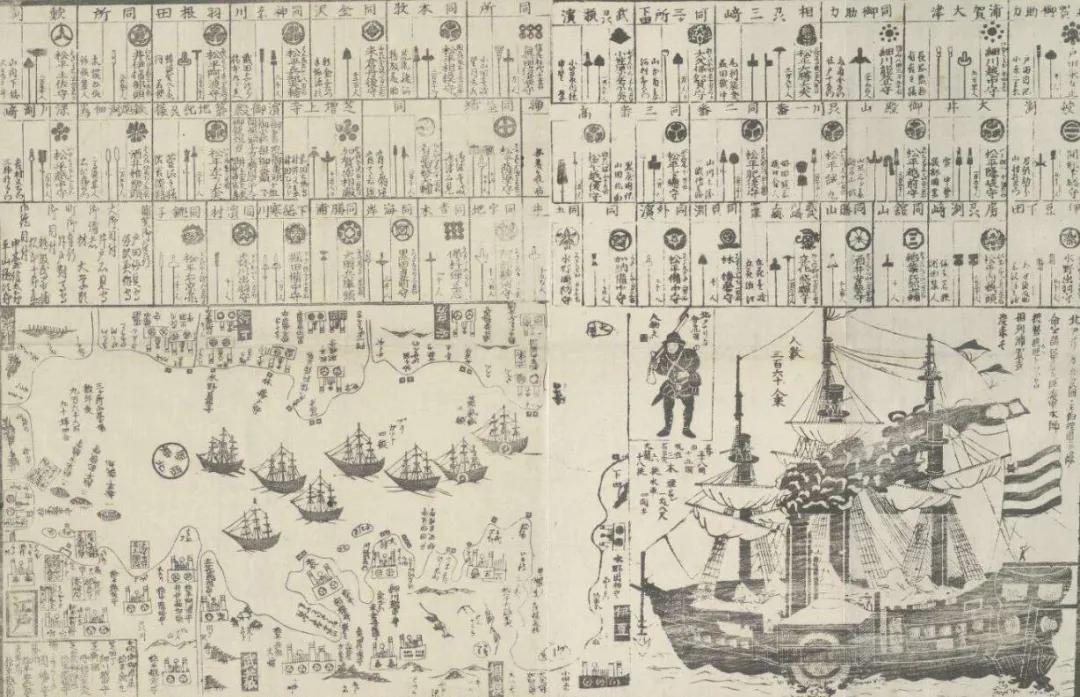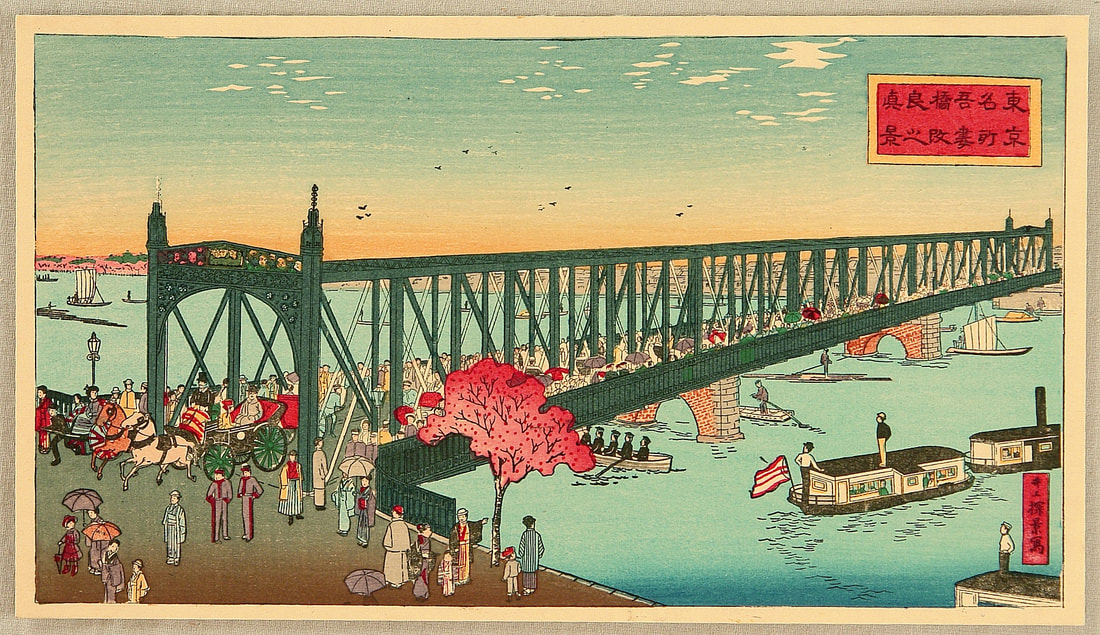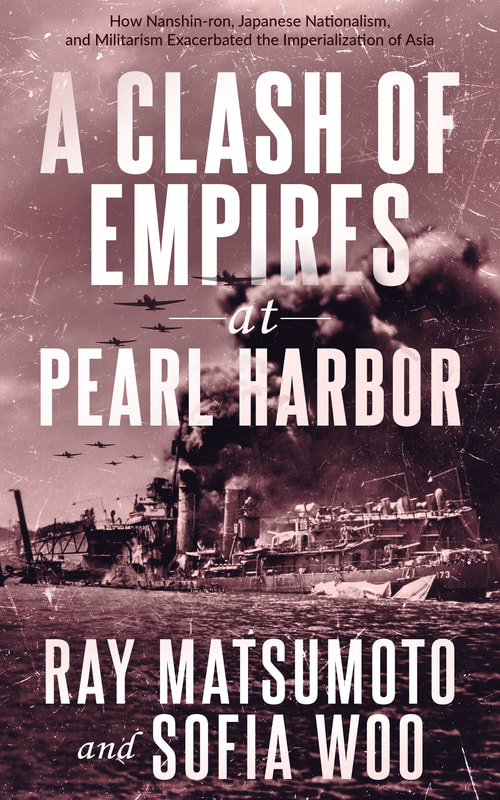- Home
- Stories
-
Internship
- Summer 2024 Internship
- Summer 2023 Internship
- Fall 2022 Internship
- Summer 2022 Internship
- Summer 2021 Internship
- Fall 2020- Spring 2021 Internship
- Summer 2020 Internship
- Fall 2019 Internship
- Summer 2019 Internship >
- School Year 2018-2019 Internship
- Summer 2018 Internship >
- Fall 2017 Internship
- Summer 2017 Internship >
- Books
- Archives
-
Resource Page
-
Supplementary Research Guides
>
- Unit 731 - Guide >
-
Philippines' Resistance - Guide
>
- Philippines World War II Timeline
- The Japanese Invasion & Conquest of the Philippines
- Bataan Death March
- Formation of Underground Philippines Resistance
- Supplies of the Guerrilla Fighters
- The Hukbalahap
- Hunter's ROTC
- Marking's Guerrillas
- United States Army Forces in the Philippines of Northern Luzon (USAFIP-NL)
- The Aetas
- Chinese and Filipino-Chinese Nationalist Guerrilla Units
- The Female Faces of the Philippine Guerrillas
- Rising Sun Flag - Guide >
- Pinay Guerrilleras - Guide >
- Fall of Singapore - Guide >
- Three Years and Eight Months - Guide >
- Siamese Sovereignty - Guide >
- The Khabarovsk War Crimes Trial - Guide >
- Unit 731 Cover-up : The Operation Paperclip of the East - Guide >
- Marutas of Unit 731 - Guide >
- Prince Konoe Memoir - Guide >
- Competing Empires in Burma - Guide >
- Battle of Shanghai - Guide >
- Ishi Shiro - Guide >
- Taiwan The Israel of the East - Guide >
- Seeking Justice for Biological Warfare Victims of Unit 731 - Guide >
- Rice and Revolution - Guide >
- Clash of Empires - Guide >
-
Hunger for Power and Self-SufficiencyI - Guide
>
- The Influence of War Rations on Post-War Culinary Transformations
- How World War II Complicated Food Scarcity and Invention
- American Military Innovations
- Government-Sponsored Food Inventions in Europe during World War II
- Feeding the Army: The Adaptation of Japanese Military Cuisine and Its Impact on the Philippines
- Mixed Dishes: Culinary Innovations Driven by Necessity and Food Scarcity
-
Denial A Quick Look of History of Comfort Women and Present Days’ Complication - Guide
>
- The Comfort Women System and the Fight for Recognition
- The Role of Activism and International Pressure
- The Controversy over Japanese History Textbooks
- The Sonyŏsang Statue and the Symbolism of Public Memorials
- Activism and Support from Japanese Citizens
- The Future of Comfort Women Memorials and Education
- Echoes of Empire: The Power of Japanese Propaganda - Guide >
- Lesson Plans >
-
Supplementary Research Guides
>
Timeline
1853-Commodore Matthew Perry arrives in Japan
1868-End of Tokugawa rule and restoration of imperial power
1869-Tokugawa Shogunate defeated by Satsuma and Chōshū
1872-All domains returned to the Emperor
1877-Satsuma Rebellion
1889-Declaration of Meiji Constitution
1894-Official declaration of war between China and Japan (First Sino-Japanese War)
1895-Treaty of Shimonoseki was signed marking the end of the war and Korean Independence
1904-Japan issues declaration of war against Russia (Russo-Japanese War)
1905-Treaty of Portsmouth marking the end of the war
1910-Japanese annexation of Korea
1912-Death of Emperor Meiji and succeeded by Emperor Taisho
1914-Start of WW1
1918-End of WW1
1919-Treaty of Versailles
1920-League of Nations founded by Woodrow Wilson
1926-Death of Emperor Taisho, succeeded by Emperor Showa (Hirohito)
1929-Great Depression
1931-Mukden Incident sparking the invasion of Manchuria
1932-Assasination of PM Inukai Tsuyoshi (May 15th Incident)
1936-Attempted coup by members of Imperial Army (Feb. 26th incident)
- Anti–Comintern Pact between Japan and Germany
1939-Nomonhan Incident and German–Soviet Non-aggression Pact
1940-Fall of France and Japan stations troops in northern Indochina
- End of Treaty of Commerce and Navigation between Japan and the U.S.
- Germany invades the Soviet Union
- Japan occupies southern Indochina
- Total Embargo on Japan
- Attack on Pearl Harbor and invasion of Hong Kong, Thailand, Philippines, Singapore and Malaya
- Japan defeats the U.S. in the Philippines campaign
- Japan formally occupies Burma
1945-Atomic bombings of Hiroshima and Nagasaki
1854 Japanese print depicting the Matthew C. Perry expedition. Source Wikipedia
The First Opium War saw the Qing Dynasty, a leading power in Asia, fall to Great Britain. It was only 10 years later when Japan also faced the dominance of Western imperialism, in the form of Commodore Matthew C. Perry. Perry managed to force the Japanese to sign the Kanagawa Treaty, effectively ending Japan’s isolationist policy. A few years later Townsend Harris, the first consul general of Japan, arrived to negotiate a new treaty. The event coincided with the “Arrow” War (Second Opium War), which saw the British and French defeat China. Harris argued that if Japan did not accept America’s terms, they would meet a similar fate as China. However, what the Japanese officials did not realize was that the American treaties were only slightly more favorable than the British and French. The Harris Treaty (Treaty of Amity and Commerce) included the opening of more ports in larger cities, counselor jurisdiction, and extraterritoriality. Notably, the economic restrictions such as the ban of tariffs on foreign goods, limited their ability to modernize. The new treaty sparked animosity toward the West, as it tarnished Japan’s prestige. Political tension within Japan caused by the American treaties led to a civil war. The Tokugawa Shogunate fell to the Satsuma and Chōshū domains in the Boshin War, and sovereignty was restored to the emperor.
From Matthew Perry to the Russo-Japanese War
The Meiji Restoration that followed transformed Japanese society. The nation’s new goal was to catch up to the West and modernize in order to prevent another incident like Perry. The Japanese adopted many facets of western thought ranging from military theory to clothing. However, modernization did not entail democracy. The government heavily restricted the media and prevented others from gaining political power. They suppressed the well-educated civilians to prevent uprisings, especially the Samurai class. The government implemented stronger restrictions after the war against the Satsuma Rebellion (Seinan War) and the rise of the People’s Rights movement. They prohibited writings, notably textbooks, with pro-democratic and liberal ideas, and instead pushed for conservative Shinto and Confucian values.
The Meiji Restoration also coincided with the era of racial science; Western science could empirically “prove” their superiority over the Japanese. The Japanese had formed their own theory of racial superiority through the Yamato race. According to legends, the Yamato people are the ancestors of the Japanese race. Academics argued that their unique and “pure” quality make the Japanese a superior race. The government also enforced the Emperor’s sacred authority through Shinto mythology. In 1890, the Department of Education issued the “The Imperial Rescript on Education,” which required devotion toward the Emperor and the pursuit of Confucian ethics.
The Meiji Restoration also coincided with the era of racial science; Western science could empirically “prove” their superiority over the Japanese. The Japanese had formed their own theory of racial superiority through the Yamato race. According to legends, the Yamato people are the ancestors of the Japanese race. Academics argued that their unique and “pure” quality make the Japanese a superior race. The government also enforced the Emperor’s sacred authority through Shinto mythology. In 1890, the Department of Education issued the “The Imperial Rescript on Education,” which required devotion toward the Emperor and the pursuit of Confucian ethics.
Japanese graphics 19 century. Source Wikipedia
The new imperial government adopted a western-style military and recruited several officers from European nations. The Army initially adopted a French model, including military academies, a conscription ordinance, and weaponry. Their first test was against the Satsuma Rebellion, a group of Samurai resentful of their loss of privilege. What started as Saigo Takamori and Itagaki Taisuke’s resignation over the military expedition to Korea led to a full-scale civil war between the Samurai class and the Imperial Army. The Army eventually defeated the rebellions, but it exposed the vulnerability of the Army’s conscription system and their lack of fighting spirit.
China also acted to maintain its sphere of influence over Korea. In 1894, the Sino-Japanese rivalry culminated in war, in which the Japanese came out victorious. The aggression seen during the war foreshadowed the atrocities committed by the Japanese in the 20th Century, notably 60,000 Chinese (soldiers and civilians) were massacred in four days following the capture of Port Arthur. Additionally, many Japanese soldiers had expected a rich and cultured civilization. In reality, most of China was impoverished; this led to racial stereotypes toward the Chinese and sentiments of Japanese superiority. Japanese writer Kansuke Naka recounted his elementary school years and explained the racial tensions forming between Japanese and Chinese peoples, “After the war started, my friends would talk of nothing else but the ‘brave Japanese, the cowardly Chinks.’ The teachers urged us on like a pack of puppies whelping after a Chinese bone. We repeated it at every chance.”
The Western powers intervened six days after the signing of the Treaty of Shimonoseki. Russia, Germany, and France forced Japan to return to the Liaodong Peninsula. It was a sign that the West still saw Japan as inferior. As the Russian presence grew in Manchuria, there was a growing risk that they would invade Korea. Japanese leaders saw the significance of Korea as crucial to their imperialist goals for expansion. The Japanese launched a surprise attack on the harbor at Port Arthur and declared war on Russia (Russo-Japanese War). Japan surprised the world by defeating the Russians, thus gaining exclusive rights in Korea and the Russian railroad lines in Southern Manchuria. Japan thus became internationally recognized as a leading power, heightening its beliefs of both Japanese political and cultural supremacy.
China also acted to maintain its sphere of influence over Korea. In 1894, the Sino-Japanese rivalry culminated in war, in which the Japanese came out victorious. The aggression seen during the war foreshadowed the atrocities committed by the Japanese in the 20th Century, notably 60,000 Chinese (soldiers and civilians) were massacred in four days following the capture of Port Arthur. Additionally, many Japanese soldiers had expected a rich and cultured civilization. In reality, most of China was impoverished; this led to racial stereotypes toward the Chinese and sentiments of Japanese superiority. Japanese writer Kansuke Naka recounted his elementary school years and explained the racial tensions forming between Japanese and Chinese peoples, “After the war started, my friends would talk of nothing else but the ‘brave Japanese, the cowardly Chinks.’ The teachers urged us on like a pack of puppies whelping after a Chinese bone. We repeated it at every chance.”
The Western powers intervened six days after the signing of the Treaty of Shimonoseki. Russia, Germany, and France forced Japan to return to the Liaodong Peninsula. It was a sign that the West still saw Japan as inferior. As the Russian presence grew in Manchuria, there was a growing risk that they would invade Korea. Japanese leaders saw the significance of Korea as crucial to their imperialist goals for expansion. The Japanese launched a surprise attack on the harbor at Port Arthur and declared war on Russia (Russo-Japanese War). Japan surprised the world by defeating the Russians, thus gaining exclusive rights in Korea and the Russian railroad lines in Southern Manchuria. Japan thus became internationally recognized as a leading power, heightening its beliefs of both Japanese political and cultural supremacy.
Related Book
A Clash of Empires at
|
|
Pacific Atrocities Education
730 Commercial Street San Francisco, CA 94108 415-988-9889 |
Copyright © 2021 Pacific Atrocities Education.
We are a registered 501 (c)(3) charity. |
- Home
- Stories
-
Internship
- Summer 2024 Internship
- Summer 2023 Internship
- Fall 2022 Internship
- Summer 2022 Internship
- Summer 2021 Internship
- Fall 2020- Spring 2021 Internship
- Summer 2020 Internship
- Fall 2019 Internship
- Summer 2019 Internship >
- School Year 2018-2019 Internship
- Summer 2018 Internship >
- Fall 2017 Internship
- Summer 2017 Internship >
- Books
- Archives
-
Resource Page
-
Supplementary Research Guides
>
- Unit 731 - Guide >
-
Philippines' Resistance - Guide
>
- Philippines World War II Timeline
- The Japanese Invasion & Conquest of the Philippines
- Bataan Death March
- Formation of Underground Philippines Resistance
- Supplies of the Guerrilla Fighters
- The Hukbalahap
- Hunter's ROTC
- Marking's Guerrillas
- United States Army Forces in the Philippines of Northern Luzon (USAFIP-NL)
- The Aetas
- Chinese and Filipino-Chinese Nationalist Guerrilla Units
- The Female Faces of the Philippine Guerrillas
- Rising Sun Flag - Guide >
- Pinay Guerrilleras - Guide >
- Fall of Singapore - Guide >
- Three Years and Eight Months - Guide >
- Siamese Sovereignty - Guide >
- The Khabarovsk War Crimes Trial - Guide >
- Unit 731 Cover-up : The Operation Paperclip of the East - Guide >
- Marutas of Unit 731 - Guide >
- Prince Konoe Memoir - Guide >
- Competing Empires in Burma - Guide >
- Battle of Shanghai - Guide >
- Ishi Shiro - Guide >
- Taiwan The Israel of the East - Guide >
- Seeking Justice for Biological Warfare Victims of Unit 731 - Guide >
- Rice and Revolution - Guide >
- Clash of Empires - Guide >
-
Hunger for Power and Self-SufficiencyI - Guide
>
- The Influence of War Rations on Post-War Culinary Transformations
- How World War II Complicated Food Scarcity and Invention
- American Military Innovations
- Government-Sponsored Food Inventions in Europe during World War II
- Feeding the Army: The Adaptation of Japanese Military Cuisine and Its Impact on the Philippines
- Mixed Dishes: Culinary Innovations Driven by Necessity and Food Scarcity
-
Denial A Quick Look of History of Comfort Women and Present Days’ Complication - Guide
>
- The Comfort Women System and the Fight for Recognition
- The Role of Activism and International Pressure
- The Controversy over Japanese History Textbooks
- The Sonyŏsang Statue and the Symbolism of Public Memorials
- Activism and Support from Japanese Citizens
- The Future of Comfort Women Memorials and Education
- Echoes of Empire: The Power of Japanese Propaganda - Guide >
- Lesson Plans >
-
Supplementary Research Guides
>


